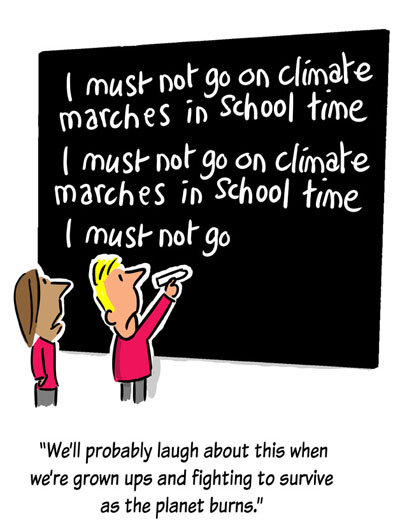Is your company still open for business?
Or have you had to curtail your operation but are working in some other ways to help your local community?
Although the country is in the grips of the coronavirus pandemic, it’s still really important that companies and organisations continue to communicate with their audiences.
They need to be sharing stories and their current status in a positive way, either focusing on what they can do now to support customers and the community - or what they’re doing to prepare for when things get back to normal.
Picture from Pixabay
The Government has ordered certain businesses and venues to close to help stop the spread of the virus. With the exception of these organisations, the Government has not required any other businesses to close – indeed it has said it is important for business to carry on.
So if your business is still open, let people know, stressing you are following Government guidance but also detailing all the steps you are taking to keep your staff, their families and customers safe and to ensure your business can continue to operate in future.
Many firms are doing their best to support the local community and the NHS. For example, some construction companies have donated face marks usually used by their staff to the NHS. These are positive stories which also contain important public service messages – so make sure you inform the public what you are doing.
Your firm might have shut down for now. But the crisis will pass and you need to be ready for when you reopen to swiftly tell your customers you are back in operation and to remind them of the great services you offer.
Image by Thomas Ulrich from Pixabay
Here are some steps you can take:
* Put out a press release to the local and regional media that explains how you are adapting to coronavirus and helping staff, customers and the community
* Take out a commercial feature in a local newspaper or website
* Use your Twitter/Facebook/Instagram/Linked-in accounts to post regular, positive stories and photographs about what you are doing
* Post a regular blog on your website about how you are adapting and responding
If anyone is struggling to find the right words and would like help drafting any such messages please contact me at andrew@andrewthomasmedia.com












